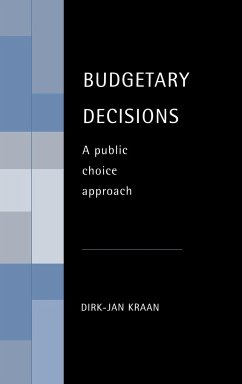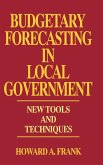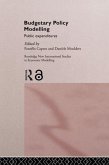This book provides an introduction to the positive theory of the budgetary process based on the theory of public choice. Although budgetary institutions are very diverse, both between and within countries, it is possible to identify key elements which are common to all forms of representative government. The author identifies these key elements as the supply of services by public agencies; demand for services by political bodies (cabinet, houses of parliament, etc); negotiations between administrators of agencies and political bodies in an 'internal market'; and decision-making in the form of budgetary and substantive legislation. The book develops a step-by-step model which incorporates all these elements, a model which can be used to explain and predict budgetary decisions in existing institutions, as well as to analyze institutional change, including cost budgeting and various forms of privatization.
Table of contents:
1. Introduction; 2. The structure of the budgetary process; 3. Demand in the public sector; 4. Supply in the public sector; 5. Political decision-making; 6. Bureaucratic decision-making; 7. Institutions; 8. Ways to reform.
Budgetary Decisions provides an introduction to the positive theory of the budgetary process based on the theory of public choice. The author develops a step-by-step model which can be used to explain and predict budgetary decisions in existing institutions, as well as to analyze institutional change, including cost budgeting and various forms of privatization.
This book provides an introduction to the positive theory of the budgetary process based on the theory of public choice.
Table of contents:
1. Introduction; 2. The structure of the budgetary process; 3. Demand in the public sector; 4. Supply in the public sector; 5. Political decision-making; 6. Bureaucratic decision-making; 7. Institutions; 8. Ways to reform.
Budgetary Decisions provides an introduction to the positive theory of the budgetary process based on the theory of public choice. The author develops a step-by-step model which can be used to explain and predict budgetary decisions in existing institutions, as well as to analyze institutional change, including cost budgeting and various forms of privatization.
This book provides an introduction to the positive theory of the budgetary process based on the theory of public choice.








